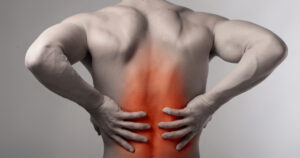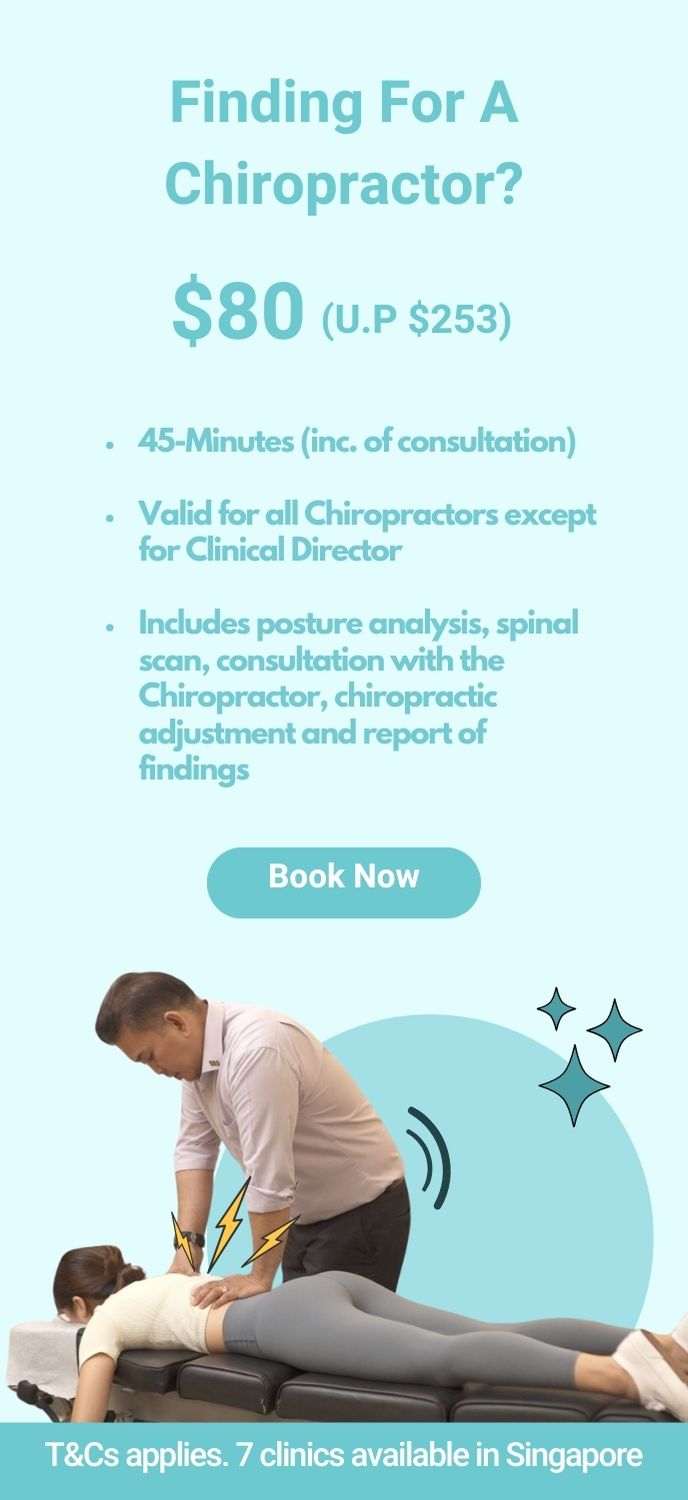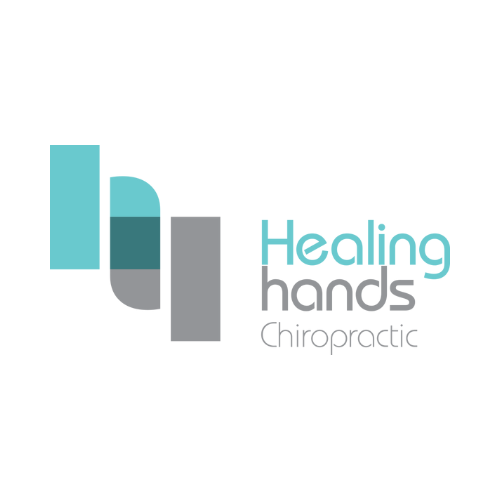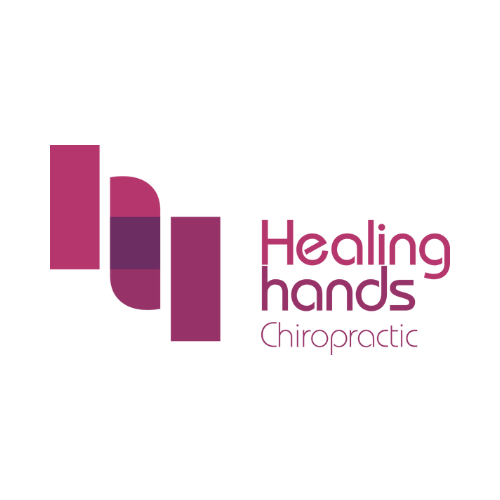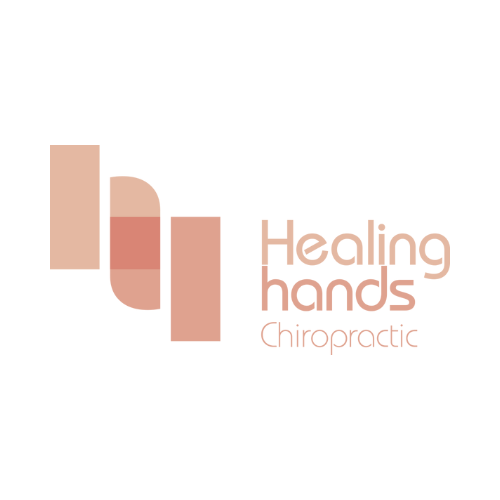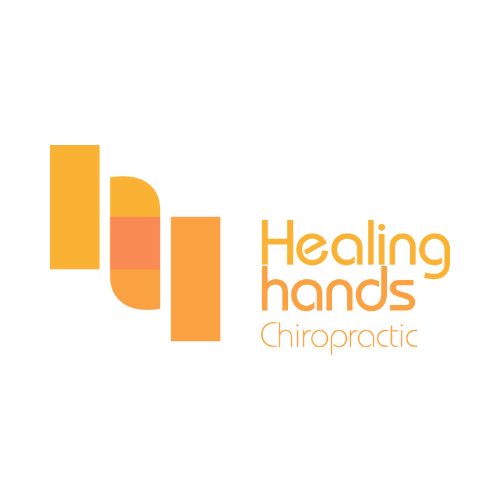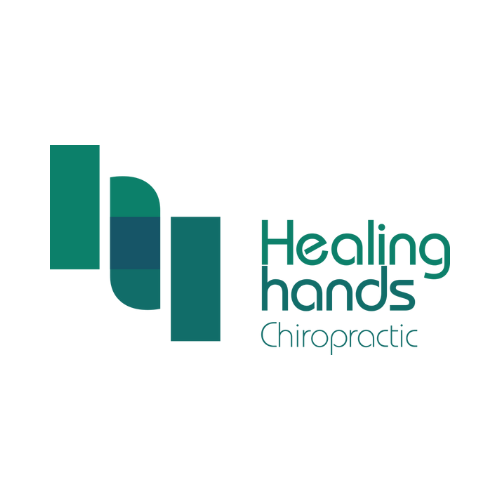Having a good posture is imperative for your overall well-being, offering several benefits, such as greater confidence and increased energy. In addition, you do not have to experience as many ailments and musculoskeletal fatigue, pain, and tension.
It is never too late to make improvements or correct your posture. Discover the importance of having and maintaining a good posture.
What are the benefits of having a good posture?
Having a good posture comes with a plethora of health benefits; some are psychological, while others are physical.
1. Increased confidence
Having a good posture can, indirectly and directly, impact your confidence level and the way you perceive how you appear to others. An individual with a good posture appears more muscular, slimmer, and taller, resulting in a positive vibe that can lead to a boost in energy level and confidence.
2. Better exercising form
Having a good posture is even more crucial when exercising as it helps to reduce your risk of developing injuries. For example, slouching or hunching your back while doing squats can increase your risk of developing chronic lower back injuries. Besides keeping you safe, having a good posture while exercising also helps you to achieve better workout results and physical gains.
3. Increased energy level
Having a poor posture hinders proper blood circulation and throws your joints and bones out of alignment, resulting in you feeling less energetic. Proper blood circulation is vital for nutrients and oxygen to reach your cells, where they are then used for energy.
4. Better lung capacity
Improper posture and slouching cause your lungs to compress unnaturally, resulting in reduced respiratory function and laboured breathing. Having a good posture ensures easier breathing and increases your lung capacity, making cardio activities, such as swimming, running, and walking, easier, too!
5. Lesser headaches occurrence
Improper posture can cause muscle tension in the upper back and neck, leading to the development of tension headaches. They are typically categorised by feelings of a throbbing, dull pain that often comes with the tightness and pressure around the neck, back of the head, or forehead. Though stretching can help to alleviate the pain, it still works best to observe a good posture.
6. Reduced back pain
Improper sitting posture for extended periods puts unnecessary pressure and strain on the spinal muscles, ligaments, and discs, causing lower back pain. In fact, more than 25 per cent of working adults experience lower back pain due to improper posture each year. Hence, ensuring having a good posture, whether you are standing or sitting, can reduce the occurrence of such pain.
What does it mean to have a good posture?
Good posture means that your entire body is well-aligned. Here is how to ensure good posture no matter what you are doing.
1. Lying down
The best position when lying down is usually on your side, as it avoids putting strain and pressure on your back. If you find lying on your side uncomfortable, try placing a pillow in between both knees to align your spine.
2. Standing
Ensure that your back is always straight. To do so, imagine somebody is pulling the top of your head upwards. Avoid locking your knees, keeping them at a slightly bent angle. Then, relax your shoulder, allowing your arms to hang naturally. Engage your abdominal core, tucking in your stomach. Your legs should also be shoulder-width apart, with your head in a neutral position.
3. Sitting
Your feet should be flat on the ground and not dangling in mid-air. If you are not able to reach the ground, you might want to consider getting a footrest. Your ankles should be past your knees, with your knees slightly below the hips. Always relax your shoulders while keeping your back flushed to the back of the seat. Make sure to get a chair that provides adequate middle and lower back support.
How can chiropractic care help to improve your posture?
Chiropractors specialise in treating a variety of musculoskeletal and posture-related conditions. For example, hunching and slouching of the back is often a result of stiffness in the upper back and can be caused by poor physical health, poor nutrition, or a medical condition. Through the manipulation of bones, chiropractors can release the experienced stiffness.
Here are five ways chiropractors can fix postural issues:
1. Understanding your situation
The chiropractor may ask a couple of questions to get a better grasp of your condition so as to chart the best-suited treatment solution. Some questions may include medical history and current lifestyle.
2. Examining your posture
The chiropractor may conduct a couple of physical examinations to assess your physical condition, including X-rays or asking you to perform specific tasks to assess your posture. These physical examinations serve as markers to plan your treatment.
3. Working with strained muscles and tissues
Chiropractors do not only work with joints and bones but also strained muscles and tissues for a complete treatment solution. Through using various forms of chiropractic techniques and tools, they are able to target the right area, improving your postural conditions.
4. Making chiropractic adjustments
The chiropractor may adjust your joints and bones in your spinal region accordingly, manipulating and correcting them to the desired position. Such adjustments help to boost the region’s flexibility and range of movement, reducing pain while improving overall posture.
5. Rehabilitation and stretching
As part of the treatment plan, the chiropractor may help to plan rehabilitation and stretching to ensure that your posture continues to improve over time. They will educate you on various strengthening exercises for your back, as well as simple stretches and flexibility-boosting exercises that you can do on your own at home.
Rehabilitation includes further chiropractic visits. Remember that one chiropractic treatment does not change your posture completely. A complete change comes with regular chiropractic visits and discipline to observe a good posture in your daily life.
Conclusion
Having a good posture is imperative for your overall well-being. On top of seeking proper and timely treatment, observing certain behaviours and habits can aid in improving your posture over time until you begin to adopt it naturally.
Some tips to help you improve your posture include exercising regularly and doing it with proper techniques and forms, creating an ergonomic desk set-up and limiting the duration spent bending over.
Here at Healing Hands Chiropractic, we are home to some of the best and most experienced chiropractors in Singapore. From lower back pain treatment to knee pain treatment, our chiropractors are eager to help you manage your pains and aches effectively. Contact us to make an appointment today!



